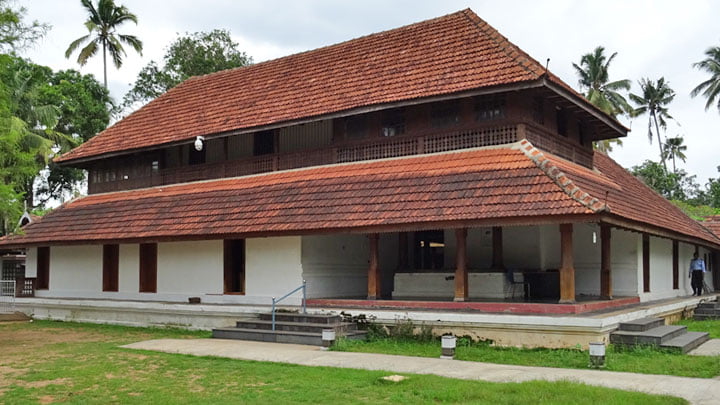In 2018, floods had a massive effect on the South Indian state of Kerala. However, the Kerala floods helped in rediscovering the ancient city of Muziris.
When it rained for 3 days in the state in mid-August in 2018, the water threatened to wreck not just homes and lives but also a treasured historical legacy.
What is the ancient port city of Muziris?
Muziris was an ancient seaport and urban center on the Malabar Coast from the 1st century BC. It was also known as Murachipattanam. The ancient port city was known for its opulence, glamour and lively commerce.
In Ramayana, it has been mentioned as the place where Sugreeva’s sleuths scurried through while looking for the abducted Sita. It has also been mentioned in the bardic Tamil Sangam literature and few classical European historical sources.

When Kerala established itself as a major center of spice, it emerged as a hub. It is described in Sangam literature that the Roman ships used to come to Muziris laden with gold to be exchanged for pepper.
The central and the state government have come together to conserve the rich heritage through one of India’s largest conservation projects – The Muziris Heritage Project. There are 21 museums and other landmarks that aim to educate people about the history of this ancient port.
After the floods, the Paliam Trust manager reached the museum and what he saw left him shocked. Most of the ancient things were found floating in the flood waters.
“I really didn’t know what to salvage first. These palm leaf manuscripts and each of the artifacts you see here are so precious,” says Paliath.
ALSO READ: Kerala Pastor Apparently Said That ‘God Was Now Punishing The People Of Kerala For Their Sins’ To Explain The Kerala Floods
What are the unsolved mysteries of Muziris?
In the year 1341, cyclonic floods of catastrophic proportions completely reshaped the Malabar coastline. Due to the flood in 1341, the coastline shifted several kilometers.
The flood in Kerala had its effects on the Muziris Heritage Project. The flood had left large parts of the reinstated township submerged underwater and silt deposits.
“The only problem is that there is a lot of silt accumulation in all our monuments like Paliam palace and Kottapuram waterfront,” says PM Nowshad.
Pattanam, a village in the Muziris region, had gained popularity in 2007 when it emerged as the site of ancient trade ties between the Malabar Coast and Rome.
The first mystery is that whether Pattanam is really the legendary port of Muziris mentioned in the first century.

It is believed that human habitation began there around 1000 BC, marked by characteristic Iron Age black and Redware pottery.
From 300 BC to AD 500, it is packed with evidence for trade both outside and within India. A thriving settlement is suggested by the burnt bricks and tiles, terracotta ring wells and coins. After AD 500 there are few records of trade.
M.G.S. Narayanan argued that Muziris was located 500 stadia south of Ezhimala in Kannur. Cheraman Perumal Bhaskara Ravi had referred to the port at his capital city Mahodayapuram as ‘Muyirikkode’. He says, “Pattanam, located 20 km away, might have been a different port altogether.”
Other historians believe that academic energies should be focused on piecing together the ‘material evidence’ unearthed from Pattanam.
The mystery might or might not be over. “Pattanam is the closest thing to Muziris we have got so far. Whatever it was, it should be treasured and taken care of,” says professor De Romanis from the University of Rome.
Image Credits: Google Images
Sources: Wikipedia, Muziris Heritage Project, Scroll
Also Recommended:
Was The Paytm Founder’s 10K Donation To Kerala Floods Just A Publicity Gimmick?



































